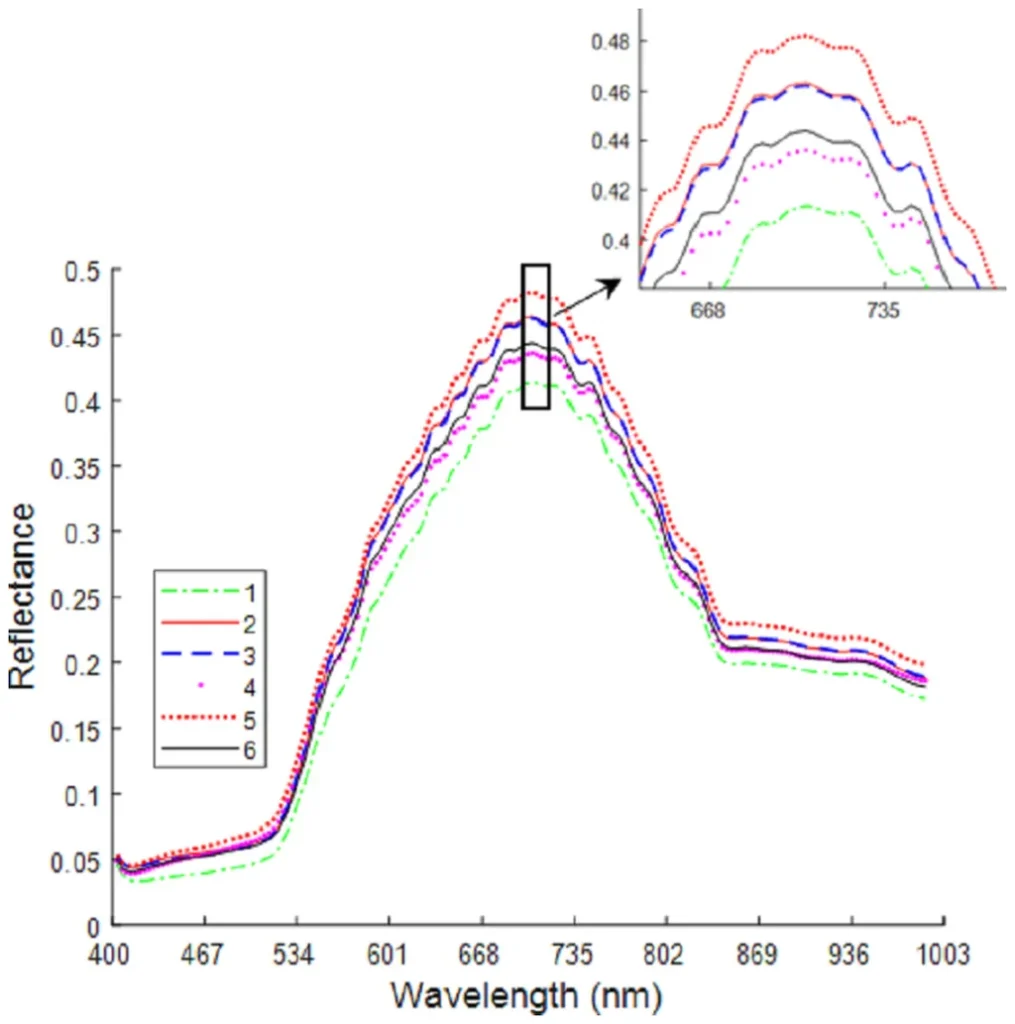In the ever-evolving landscape of precision agriculture, a groundbreaking study led by Jun Fu from the College of Biological and Agricultural Engineering at Jilin University, China, is set to revolutionize post-harvest quality control for maize. The research, published in ‘Smart Agricultural Technology’ (translated as 智能农业技术), introduces a novel approach to detecting mechanical damage on maize ears using hyperspectral imaging (HSI) and advanced neural networks.
The study addresses a critical challenge in the agricultural sector: the accurate and efficient classification of mechanical damage on maize ears. Traditional methods often struggle with the high-dimensional data provided by HSI cubes, making it difficult to achieve both reliability and efficiency. Fu and his team have developed a lightweight spectral–spatial network that combines a multiscale 3D convolutional module with a compact 2D refinement head. This innovative approach leverages Triplet Attention (TA) and Double Attention (DA) mechanisms to enhance directional cross-dimensional interactions and aggregate global context, respectively.
“Our model strikes a delicate balance between accuracy and efficiency,” explains Fu. “It not only achieves high accuracy in classifying different types of mechanical damage but also operates with low-latency inference and a moderate memory footprint.”
The research evaluated the proposed network against various baseline models, including convolutional, transformer, 3D–CmT, and YOLO–HSI approaches. The results were impressive, demonstrating the model’s superior performance in terms of accuracy and computational efficiency. Ablation studies further revealed the complementary benefits of the 3D convolutional module and the two attention modules, highlighting their collective contribution to the model’s success.
Qualitative maps and class-wise heatmaps provided visual evidence of the model’s consistent improvements across different categories, including fine-grained damage types. This level of detail is crucial for post-harvest quality control, as it enables farmers and agricultural businesses to make informed decisions about the sorting and processing of maize ears.
The implications of this research extend beyond maize, offering a framework that could be adapted for other crops and sensor configurations. “Our spectral–spatial design and computational efficiency make the model versatile and scalable,” notes Fu. “It can be integrated into various workflows that require reliable, low-latency HSI analysis, paving the way for smarter agricultural inspection systems.”
As the agricultural industry continues to embrace technological advancements, the integration of hyperspectral imaging and advanced neural networks holds immense potential for enhancing post-harvest quality control. This research not only addresses current challenges but also sets the stage for future developments in precision agriculture, ultimately contributing to more efficient and sustainable farming practices.

